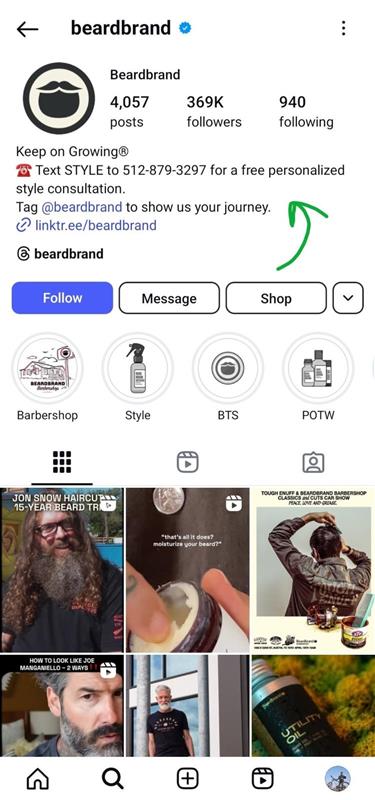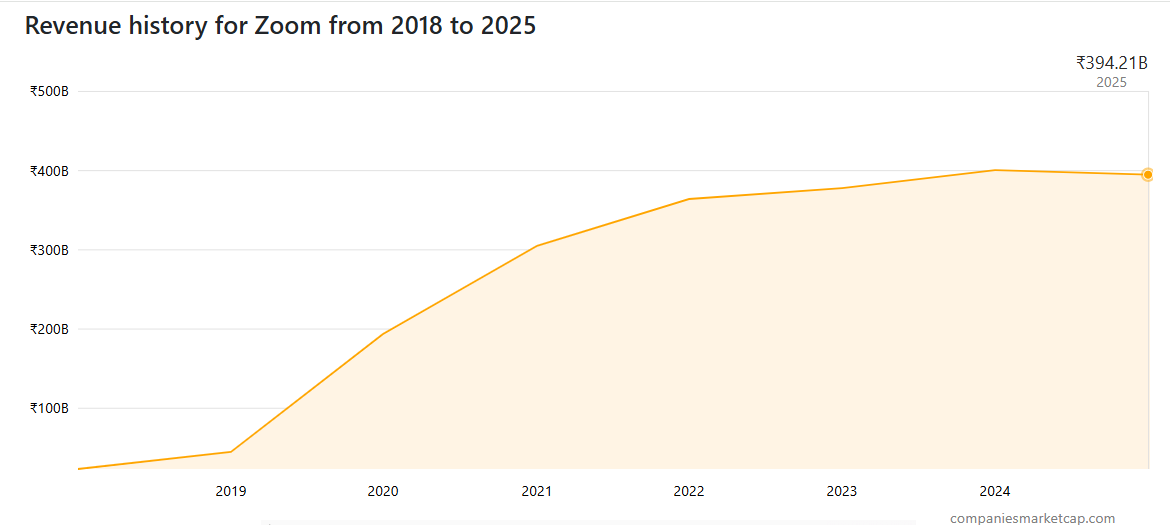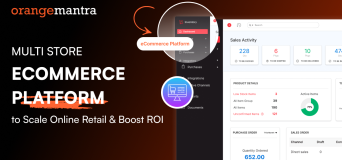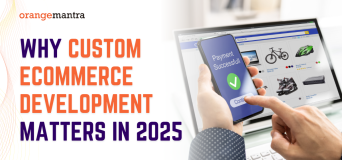D2C or Direct to Consumer ecommerce is when a brand sells its products directly to you through its own website or social media. It means no middlemen like stores or distributors. Think of it like buying a mattress online instead of going to a furniture shop.
The D2C commerce model lets brands control the whole experience, from how they market to how they ship. It’s been growing fast with over 63% of consumers preferring to buy directly from brands. Read this in-depth guide and in the end, you will have everything you want to know about D2C commerce.
Key Points
- Research suggests D2C ecommerce can directly boost profits and customer connections.
- B2B companies can learn from D2C to improve customer engagement and explore new revenue streams. However, it’s complex to implement.
- D2C offers higher margins and data insights but challenges like logistics and competition can be significant hurdles.
- An unexpected detail is how D2C strategies can inspire B2B firms to enhance their own customer interactions, even if they don’t fully adopt the model.
Table of Contents
Why Should B2B Companies Care?
B2B companies usually sell to other businesses. For them, D2C isn’t just a consumer trend but more of a chance to learn. They can:
- Sell directly to consumers for extra income, like Intel does with tech gadgets.
- Use D2C ideas to make their B2B customer service better. For example, offering real-time order tracking.
- Adopt D2C tech, like CRM systems, to streamline operations.
Examples and Trends
Take Warby Parker, which lets you try glasses at home before buying, or Casper, selling mattresses directly. These show how D2C builds loyalty. The market size of D2C ecommerce is expected to reach USD 571.34 billion in 2031 says a report from Markets&Data. This high number is pushing B2B firms to adapt.
Comprehensive Analysis: Exploring D2C Ecommerce for B2B Insights
D2C ecommerce has become a buzzword, especially for brands looking to connect directly with their audience. But what does it mean. Why should B2B companies pay attention?
Let’s break it down in a way that feels like a chat over coffee, keeping it simple and packed with insights that matter for your business.
Defining D2C E-Commerce: A Closer Look
D2C ecommerce is when a manufacturer or brand sells its products directly to end consumers through online channels. It can be their own website or social media. The main concept is that traditional middlemen like wholesalers or retailers are not included in D2C ecommerce model.
Warby Parker is a company that sells eyewear online. They let you try frames at home before buying. This cuts out the need to go to the store and gives brands more control over pricing and customer experience.
Research shows that more than 63% of consumers prefer to shop directly from brands. We today have platforms like Shopify and BigCommerce that make it easier for brands to launch their online stores.
Benefits of D2C: What’s in It for Brands?
D2C offers several perks that make it attractive, especially for brands looking to maximize profits and customer connections:
Higher Profit Margins
By skipping retailers, brands keep more money per sale. For example, cutting out retailer markups can boost margins by 20-30%. This is a big deal for high-value products like mattresses or electronics.
Direct Customer Relationships
D2C lets brands build loyalty by talking directly to buyers. Take Beardbrand, a grooming company, which uses blogs and social media to create a community. They drive sales through site and this direct line also helps gather feedback for better products.
Brand Control
Brands can make sure their message stays consistent which is very crucial in industries like cosmetics where companies like Nykaa in India offer direct access.
Data Collection
Interacting directly gives brands rich data on what customers like. This helps them in custom marketing and products.
Agility
D2C brands can respond quickly to market changes such as launching new products fast. This is very important in fast-moving sectors like fashion.
But it’s not all smooth sailing. Let’s look at the challenges that you can face in D2C ecommerce.
Challenges of D2C: Navigating the Hurdles
D2C sounds great, right? But it comes with its own set of challenges:
Logistics and Fulfillment
Managing shipping, warehousing, and returns can be tough. Brands might need to partner with third-party logistics (3PL) providers. But for small brands, this can strain resources.
Customer Service Load
Handling inquiries and complaints directly requires strong systems. This can be resource-intensive, especially for brands used to bulk B2B sales. However, AI agents are helping businesses with automation of such tasks.
Competition
D2C brands face stiff competition from giants like Amazon and other D2C players. The rising cost of digital ads can pressure margins, especially for new entrants.
Initial Investment
Setting up an ecommerce platform and building a customer base requires upfront cash. This can be a barrier for smaller B2B companies.
Despite these, many brands have cracked the code, offering lessons for B2B firms.
Case Studies: Learning from Successful D2C Brands
Let’s look at a few examples to see D2C in action:
Zoom
Originally, Zoom targeted businesses and enterprises by offering video conferencing solutions. It competed with platforms like Cisco Webex and Microsoft Teams.
During the COVID-19 pandemic, Zoom saw an explosion in individual users (students, freelancers) and small businesses. They did not rely only on corporate subscriptions. Zoom launched free and low-cost plans to attract individual users.
Even after the pandemic, Zoom continues to serve both businesses and individual consumers.
Country Delight
Country Delight initially worked with a B2B supply chain model distributing dairy products through retailers and wholesalers.
Then they transitioned to a D2C subscription model and started delivering fresh milk, dairy, and grocery products directly to consumers’ doorsteps. They built a loyal customer base with over 2 million households across India and raised millions in funding.
Relevance to B2B Companies: A Strategic Opportunity
Now, why should B2B companies, which typically sell to other businesses, care about D2C? Here’s where it gets interesting:
Diversifying Revenue Streams
Some B2B companies have products with consumer appeal, like Intel selling enthusiast-grade processors directly. This can be an extra income source, especially during market shifts.
Understanding Customer Behavior
By studying D2C, B2B firms can see how their business customers are adapting to direct sales models. For example, a software company might notice clients expect direct portals, mirroring D2C convenience.
Improving Customer Experience
D2C focuses on direct engagement. It can also inspire B2B companies to offer more personalized services. Similar to how D2C beauty brands use YouTube tutorials, B2B can do the same.
Technology and Automation
The tech used in D2C, like CRM systems and ecommerce platforms is advanced that can streamline B2B operations. For instance, they can use our ecommerce customization services just like Hero MotoCorp did.
Brand Building
B2B companies can learn D2C marketing strategies like social media engagement to build awareness. You can use webinars to educate potential customers if you are a tech firm.
Getting Started with D2C: Practical Steps for B2B Firms
If you’re a B2B company, consider dipping your toes into D2C. Here’s how to start:
Define Your Target Customer
Understand your direct customers and their needs. Are they hobbyists, professionals, or something else?
Build a Robust ECommerce Platform
Choose a reliable platform like Shopify or BigCommerce to handle sales. Make sure it is user friendly for consumers.
Develop a Marketing Strategy
Plan how to attract customers through social media and content.
Manage Fulfillment and Customer Service
Ensure logistics and support systems are in place. You can partner with 3PL providers.
Analyze and Iterate
Use data analytics to track performance and refine strategies based on feedback. This helps you adapt and improve over time.
These steps can help B2B companies test D2C waters.
Conclusion: The Future of D2C and B2B Integration
D2C ecommerce is changing the way brands sell products. They are not using middlemen like stores. Brands connect directly with customers. This helps them learn what people want and build strong relationships.
B2B companies can learn from D2C to grow. Even if they don’t sell to people directly, they can use D2C ideas to help customers and understand what they need.
In the future, businesses that are fast, smart, and care about customers will succeed.
Frequently Asked Questions
Q1.Is D2C ecommerce only for big brands?
No. Even small businesses can start D2C. They can start selling directly through their website or social media. Platforms like Shopify and BigCommerce help brands of any size to launch online stores easily.
Q2. What is the biggest challenge in running a D2C business?
Managing logistics and shipping can be tough. In D2C, there are no retailers handling your deliveries. So, brands must take care of packaging, shipping, and customer service themselves or partner with third party logistics providers.
Q3. Can B2B companies benefit from D2C strategies?
Yes. Even if they don’t sell directly to consumers. B2B companies can use D2C strategies like personalized marketing and better customer service to improve their business.






